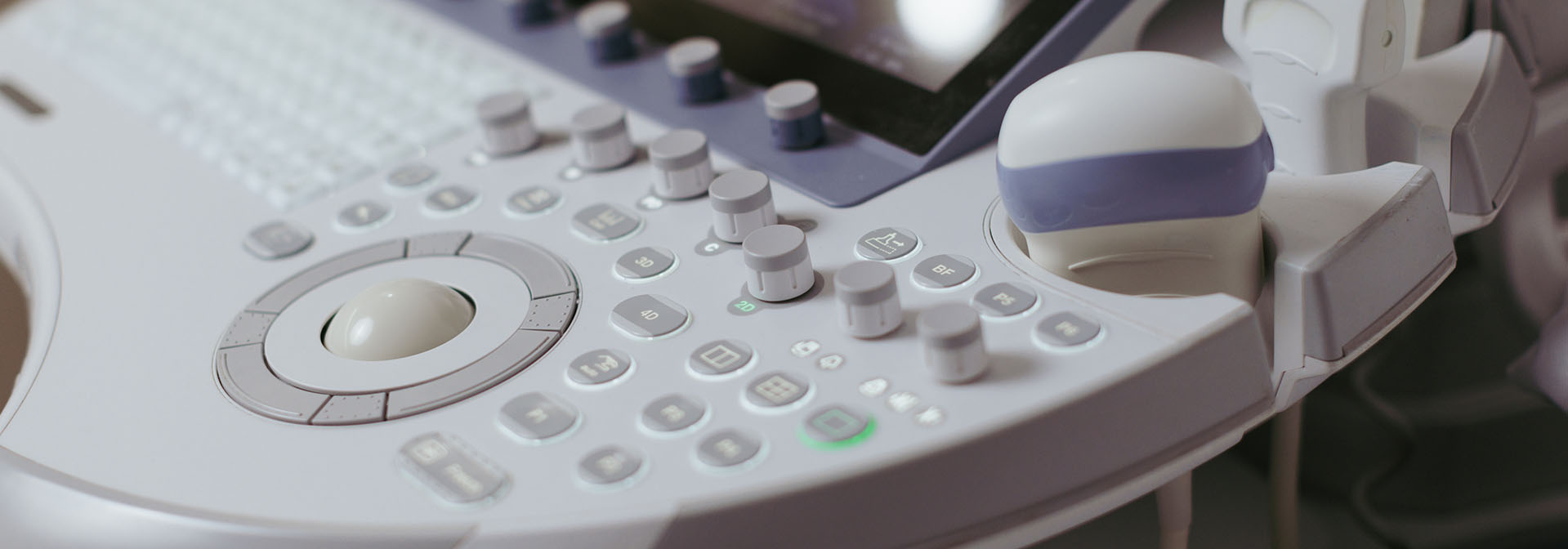A detailed endometriosis ultrasound is called a Deep Infiltrating Endometriosis Scan (DIE scan).
Endometriosis is a common medical condition that affects approximately 10% of menstruating woman.
It is a condition where endometrial tissue grows outside the endometrium and deposits in other areas of the pelvis including the ovaries, the muscle of the uterus (adenomyosis), or in other parts of the pelvis.
The endometrium is the lining of the uterus and is a layer of tissue that grows and is shed each month during the menstrual cycle.
The abnormal proliferation of endometrial tissue outside the uterus can cause a variety of symptoms.
Common Endometriosis Symptoms
- Significant pain with the period. This is pain that impacts the ability to perform everyday tasks such as work, study, exercise etc.
- Pain with intercourse
- Ovarian cysts
- Period pain despite taking the oral contraceptive pill (OCP)
- Abnormal bowel or urinary symptoms with the period.
- Abnormal uterine bleeding. This includes heavy menstrual periods, bleeding in between periods, or bleeding after intercourse.
- Infertility
There are two types of Endometriosis
- Superficial endometriosis
- Deep Infiltrating endometriosis (DIE)
Superficial endometriosis is the more common form of endometriosis with the abnormal endometrial tissue depositing on the surface of the pelvic organs. It can be difficult to visualise with a normal pelvic ultrasound and is best diagnosed with a laparoscopy.
Deep Infiltrating Endometriosis (DIE) is where the endometriotic lesions are more extensive and may infiltrate the pelvic organs including the bowel and bladder. As it proliferates, endometriosis can cause inflammation leading to fibrosis (scar formation) and adhesion of the pelvic organs where they become abnormally fixed to each other. Deep Infiltrating Endometriosis (DIE) can be identified on a detailed pelvic ultrasound.
Who should have a Deep Infiltrating Endometriosis Scan?
- Anyone who is planning explorative surgery for endometriosis. A DIE scan will give the clinician additional information to plan the surgery appropriately.
- Anyone who is experiencing symptoms suggestive of severe endometriosis.
What to expect from a DIE scan
A DIE scan is performed as a transvaginal pelvic ultrasound by a specialist sonographer and doctor.
Results from the scan will be discussed on the day and a detailed ultrasound report forwarded to the referring doctor.
The examination takes approximately 30 minutes and should not be painful.
Prior to a DIE ultrasound bowel preparation is required. This allows clearer images of the wall between the uterus and the bowel, and these images are important for any surgical planning.
Patients are asked to prepare at home with a simple laxative, taken the night before, and an enema 1 -2 hours prior to the ultrasound. An information sheet detailing this preparation will be emailed to you when booking. This medication does not require a prescription and costs approximated $20.
Treatments for Endometriosis
Endometriosis is a complex medical condition requiring specialist care. Treatment plans are best discussed with the referring doctor.
Treatment may include hormonal suppression and pain management, or surgical removal of the endometriotic deposits.
How do I get started?
Discuss your symptoms with your doctor and request a referral for a DIE scan if appropriate.





